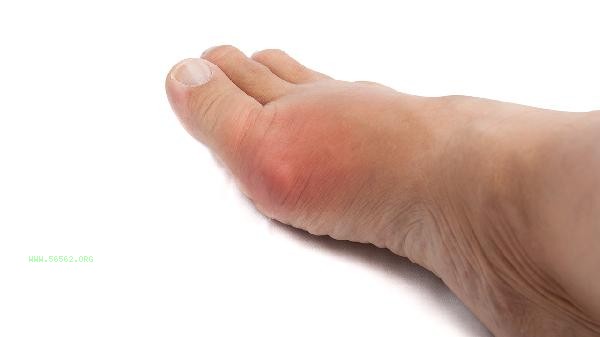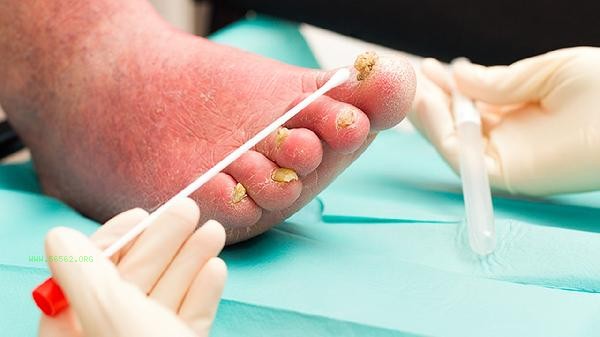There are five types of exercise methods for foot pedals: sitting leg pedals, standing leg pedals, supine leg pedals, lateral leg pedals, and prone leg pedals.

1. Sitting leg kick
Sitting leg kick is a basic training method suitable for beginners to activate lower limb muscle groups. Adjust the backrest of the seat to a vertical position, press down on the pedal with both feet, and keep the knee joint slightly bent. Exhale while exerting force and use the quadriceps to push the pedal, with a peak contraction of 1 second before slowly returning to its original position. This action can specifically strengthen the muscles in the front thigh, with less pressure on the knee joint and a stable movement trajectory that is less prone to injury. During training, be careful not to buckle your knees and keep your hips tightly against the seat.
2. Stand back kick
Stand back kick focuses on training the gluteus maximus and hamstring muscles. Stand facing the equipment, hook the pedal with one foot, and hold the armrest to maintain balance. When exerting force, the hip joint is extended backwards to push the leg backwards and upwards, feeling the contraction of the hip muscles. This action can improve pelvic tilt caused by gluteal muscle weakness and enhance lower limb explosive power. During training, it is necessary to control body stability, avoid compensatory force from the waist, and keep the knee joint facing the ground.
3. Lying down and kicking legs
Lying down and kicking legs can fully stimulate the lower limb muscle groups. Lie flat on the training bench, with feet shoulder width apart against the pedals. When starting, the hip, knee, and ankle joints should be extended in coordination, and attention should be paid to keeping the lumbar spine close to the stool surface. This variant can improve core stability and reduce pressure on the lower back. The training load should be gradually increased to avoid overexertion of the knee joint, and the centrifugal contraction speed should be controlled when lowering.

4. Side lying leg kick
Side lying leg kick specifically trains the inner and outer thigh muscle groups. Lying sideways on the training bench, with the lower leg bent and fixed, and the upper leg hooked onto the pedal to perform an outward extension movement. This action can improve the muscle imbalance of X-shaped or O-shaped legs and enhance hip joint stability. During training, the pelvis should be kept in a neutral position to avoid shaking the body back and forth, and the range of movements should be controlled within the controllable range of muscles.
5. Prone leg kick
Prone leg kick mainly strengthens the hamstring muscles and the lower edge of the buttocks. Lying prone on the equipment, with the ankle fixed to the rolling pad, resisting resistance by bending the knee. This training can prevent hamstring strain and improve sprinting and jumping performance. Pay attention to adjusting the position of the roller pad to avoid compressing the Achilles tendon, and tighten the abdomen during the movement to prevent lumbar spine from over extension.

When using a kick and pull device, the appropriate method should be selected according to the training objectives. It is recommended to schedule 2-3 lower limb training sessions per week, with 3-4 movements selected each time to complete 3 sets. Perform 5-10 minutes of dynamic stretching before training, with a focus on moving the hip and ankle joints. Initially, use lightweight to master the power mode, gradually increasing the load until each group can complete 12-15 standard movements. After training, cooperate with the foam axis to relax the quadriceps and hamstring muscles, and supplement high-quality protein to promote muscle repair. Middle aged and elderly people need to reduce their range of motion and avoid rapid explosive training. Patients with knee joint injuries are recommended to use the low weight multi group training mode under the guidance of a rehabilitation therapist.








Comments (0)
Leave a Comment
No comments yet
Be the first to share your thoughts!